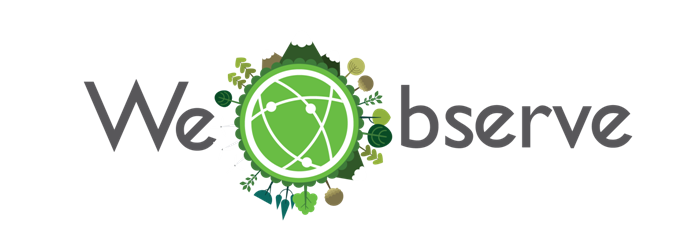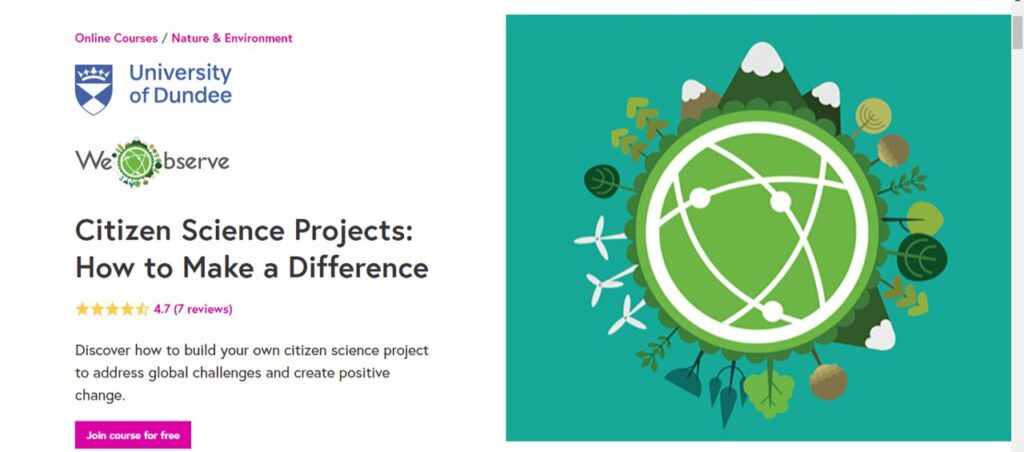In 2015, the General Assembly of the United Nations declared the Sustainable Development Goals (SDGs) as part of the 2030 Agenda. In order to reach these ambitious and urgent objectives, many stakeholders have been involved in the process. For the first time, citizens gained a crucial role in this play, in order to monitor the impacts of environmental protection actions.
WeObserve is a H2020 Coordination and Support Action which aims to coordinate Citizens Observatories and similar initiatives on environmental topics, supporting researchers and specialists in their everyday work.

But what are the main aims observatories have to reach nowadays? We asked Dr. Angelos J. Amditis, Research Director of the Institute of Communication and Computer Systems of the National Technical University of Athens and Chairman of ERTICO-ITS Europe.
“The most important challenges WeObserve tackles” – he synthetizes – “are awareness, acceptability and sustainability of the observatories’ initiatives. This role of facilitator is meant to create a sustainable ecosystem of Citizens Observatories addressing key challenges around environmental monitoring. Citizens science aspires to bring together the mutual interests of citizens, scientists and stakeholders. This new discipline generates benefits on many levels: scientific, political, and at the same time on research level”.

How effective is citizens engagement and what are the factors that facilitate this process?
“We have seen a positive evolution building day to day, especially on environmental issues. Global youth movements are very good examples of how citizen involvement can have an impact: it permits to make their voice heard from other stakeholders and policymakers. However, citizen science started gaining ground even before the rise of these movements thanks to other factors: mobile devices; social media, which made easier for the public to come together, to self-organize, to contribute and to engage in scientific and engineering research and monitoring; low-cost sensors, allowing to gather low-cost data. The combination of these factors helped the process of people engagement, creating an ecosystem that allowed this change“.
What are the most important communication channels utilized?
“WeObserve designed and implemented activities to bring together people interested in citizens science: the open course “Citizens science project: how to make a difference”; Communities of practices, to consolidate practice-based knowledge and to share information; WeObserveHackathon, challenge meant for people and for new scientists. Then, our website and our social media are very important communication tools for gathering and engaging our community”.

As Dr. Amditis mentioned, citizens science is able to “bring together all the main elements of society (citizens, scientists, stakeholders, institutions), in order to facilitate research on a larger scale, to support decisionmakers in their job”. This is crucial in order to fulfil SDGs, because “everyone has to take his part in this revolution, everyone has to feel involved”.

